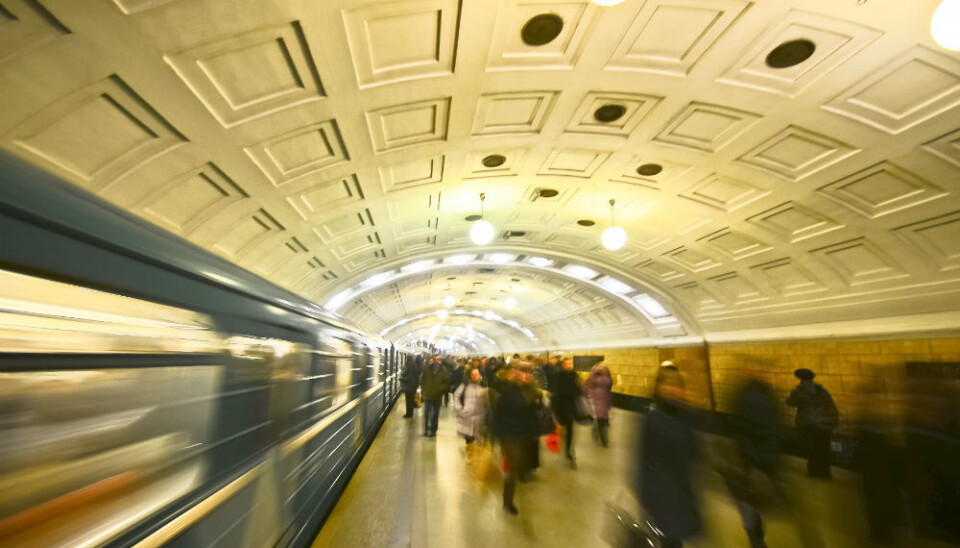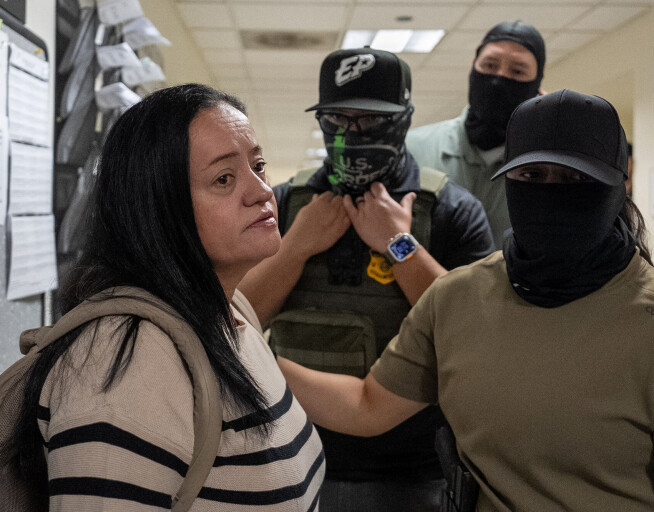
How science can help cities prepare for attacks on metro systems
OPINION: Whatever preparations metro authorities make for disasters, they can consider their passengers to be part of their solution. They need to design the tunnel environment for the people, not the people for the environment.
Tokyo, Moscow, Madrid, London, Brussels, and now St Petersburg. These major cities have all suffered attacks on their metro systems. The most recent events in St Petersburg, where a metro bombing killed at least 14 people, remind us of the challenges faced by underground transport systems in keeping people safe during an emergency. This is where engineering and psychology research can come in useful, helping to optimise evacuation procedures using insight into how people behave.
To start with, there are several key ways that evacuating an underground system differs from evacuating a building. Underground environments are often unfamiliar to the evacuees, especially if the evacuation has to start in the tunnels between stations. The system’s enclosed nature also means visibility can rapidly deteriorate from smoke. Tunnels are generally not divided into separate sections to stop smoke spreading, which allows it to rapidly fill all spaces.
This can cause a number of problems when it comes to evacuating passengers. Evacuation slows down when visibility is poor and people cannot fully rely on what they can see to help them get out. Smoke can also obscure signs and other visual instructions, making it difficult for people to locate the closest emergency exit. For this reason, evacuees often rely on alternative senses such as hearing or touch to find their way to safety. This is why auditory alarms and hand rails can be much more useful.
Another reason these kind of guides and information are needed is because people tend to move towards familiar places or people in an emergency. For example, if someone is looking for a way out of a metro system, they may well try to get back to where they came in. But in many instances, closer emergency exits may be available in the tunnels. These exits often lead to safety in a significantly shorter time.
Similarly, people’s attention can narrow to focus on immediate threats rather than analysing all the information available to them, especially when they are under pressure to escape as quickly as possible. This is where social influence can come in. If one person can find a quicker evacuation route, their interaction with other evacuees can help spread this information and help everyone get out quicker.
At a more fundamental level, the design of the tunnels and trains can lead to significant safety improvements. Experimental research has shown the effectiveness of an evacuation from a metro train depends on the configuration of the train door and the space available after getting out of it. This can include the presence of a height gap between the train doors and the outside floor and narrow spaces for evacuation in the tunnels.
The height gap in particular, which can be up to 1.4 metres, can be a major obstacle during evacuation, slowing down the flow of people out of the train. It may also mean that some evacuees, particularly children and older people, may not be able to evacuate on their own. This height difference can make it even more important that the driver manages to get the train to a station, as the driver in the St Petersburg attack did – despite the fact the bomb went off inside a tunnel. This likely led to a quicker evacuation and less severe consequences.
It’s worth also considering that people are often a lot more rational than you might think in a disaster. Media reports often use the ambiguous word “panic”, suggesting irrational and competitive (anti-social) behaviour. But investigations of disasters have demonstrated that people actually tend to act rationally and in a non-competitive way.
In fact, people often tend to help each other in emergencies, including during metro train evacuations. For example, footage from the St Petersburg bombing shows people trying to help others get out of the attacked trains, and similar altruistic behaviours have been observed in several other disasters. So whatever preparations metro authorities make for disasters, they can consider their passengers to be part of their solution. They need to design the tunnel environment for the people, not the people for the environment.
Enrico Ronchi, Associate Senior Lecturer in Evacuation Modelling, Lund University and Daniel Nilsson, Senior Lecturer, Lund University

This article was originally published on The Conversation. Read the original article.




